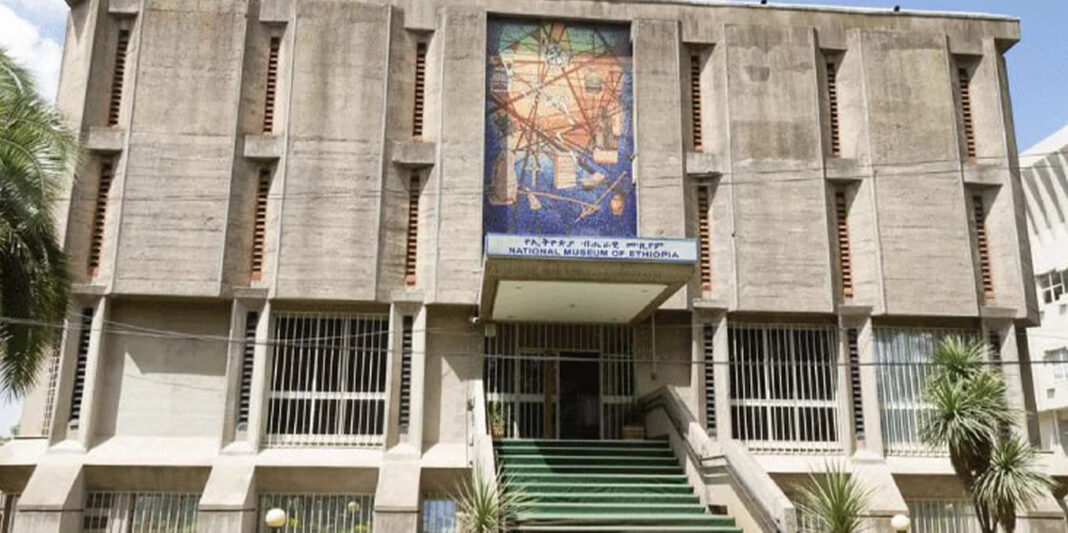Addis Ababa’s National Museum of Ethiopia stands as a prime example of brutalist architecture, recently named among the most beautiful such buildings on the continent by Architectural Digest India. Completed in 1976, this concrete structure arose during a period when newly independent African nations looked to modern design to express their civic ambitions and national pride.
The museum’s understated, low-slung facade sets it apart from the ornate palaces and churches that dominate Ethiopian architectural heritage. Its recessed windows and shaded courtyards are not merely aesthetic choices, but practical features designed to temper the city’s highland light and provide respite for visitors. The slab-like exterior conveys both durability and modernity—key tenets of the brutalist movement that swept Africa from the 1950s to the 1980s.
Inside, uncluttered galleries showcase Ethiopia’s vast history and culture, from prehistoric tools to imperial regalia. Most famously, the museum houses Lucy, the fossilized remains of Australopithecus afarensis, a 3.2-million-year-old ancestor of modern humans discovered in the Afar region. The building itself—functional rather than ornate—ensures the nation’s treasures remain the focal point.
The National Museum is more than a repository of artifacts; in its design, it captures Ethiopia’s journey through time. As Africa’s political and economic landscapes continue to evolve, such bold, concrete landmarks provide enduring testimony to the continent’s pursuit of freedom, identity, and resilience. The recognition from Architectural Digest underscores Ethiopia’s enduring role in shaping the modern architectural narrative in Africa.






